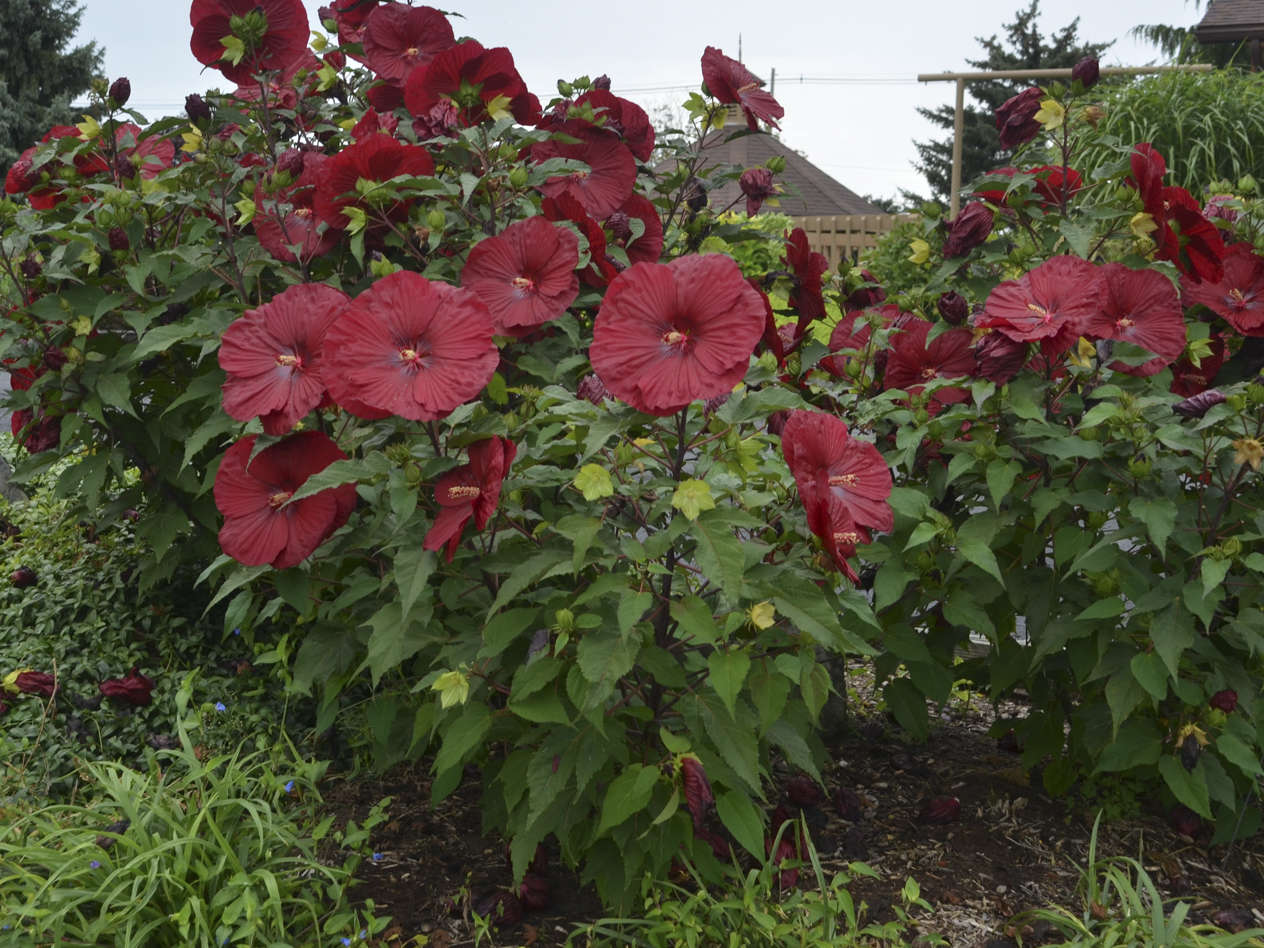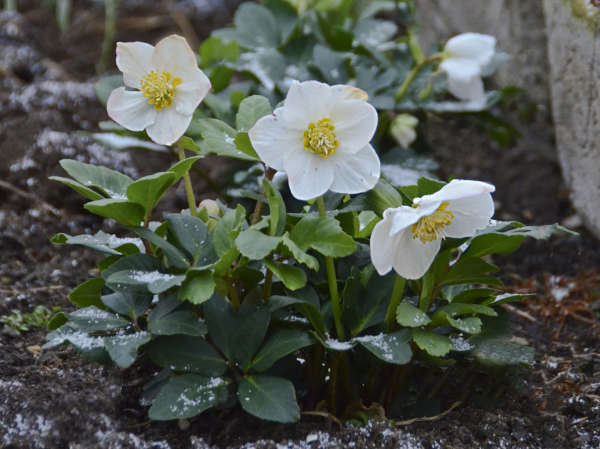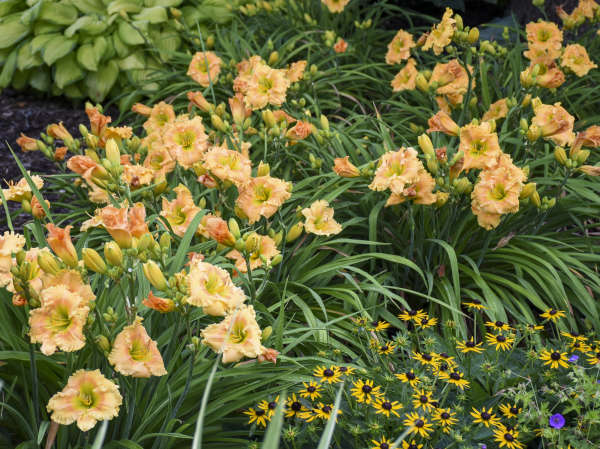Great Perennials for Division
-
1.
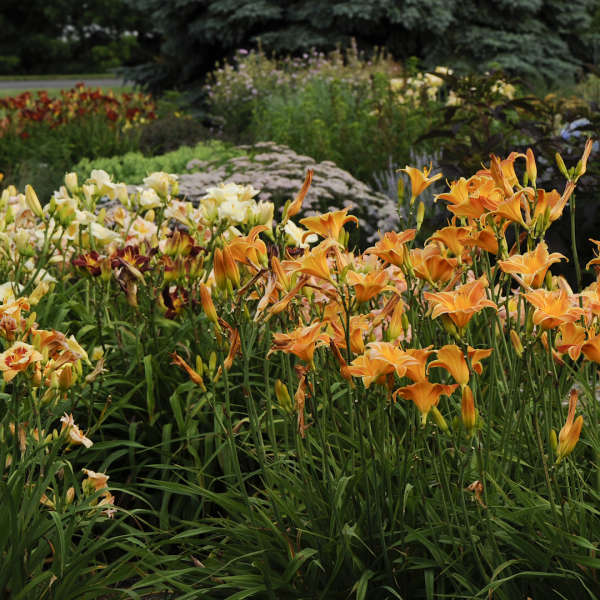
Numerous perennials can be divided and the pieces replanted with great success. Root systems like those of Ajuga can be divided by hand, whereas others may require a sharp knife.
Division is a great way to replicate a perennials already in your yard, and a great way to share your favorites perennials with friends!
-
2.
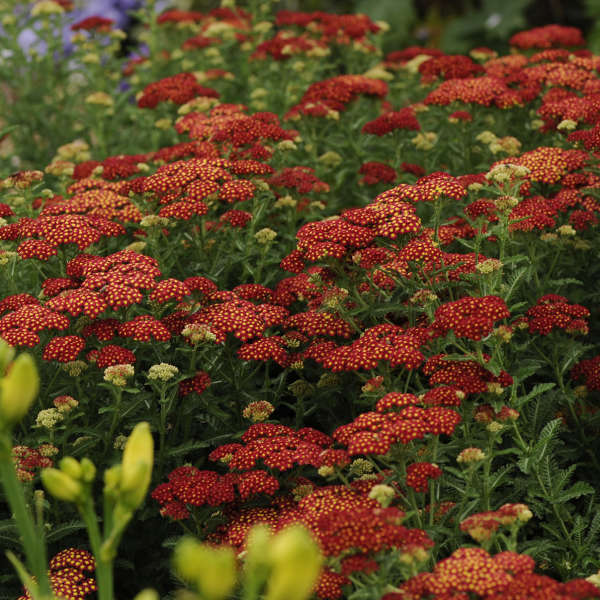
-
3.
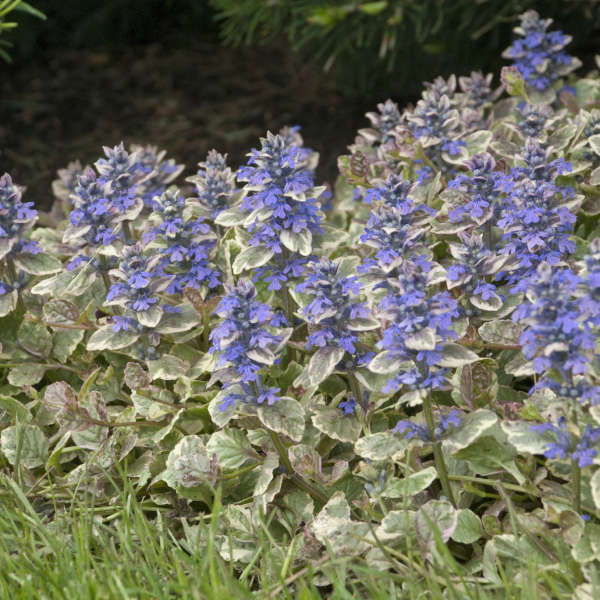
-
4.
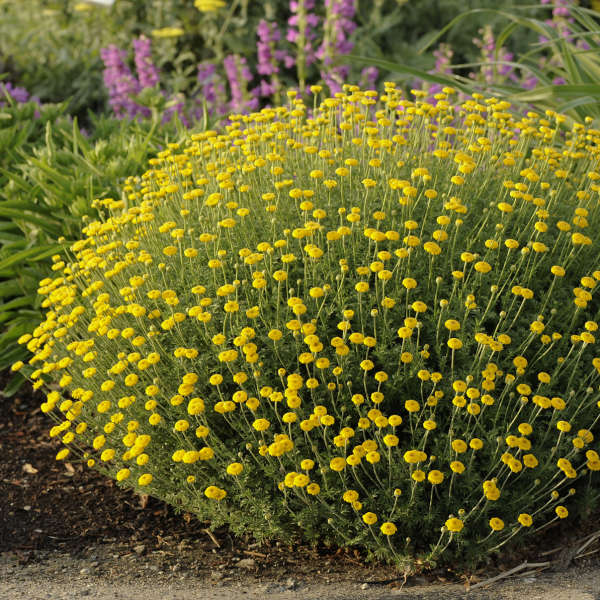
-
5.
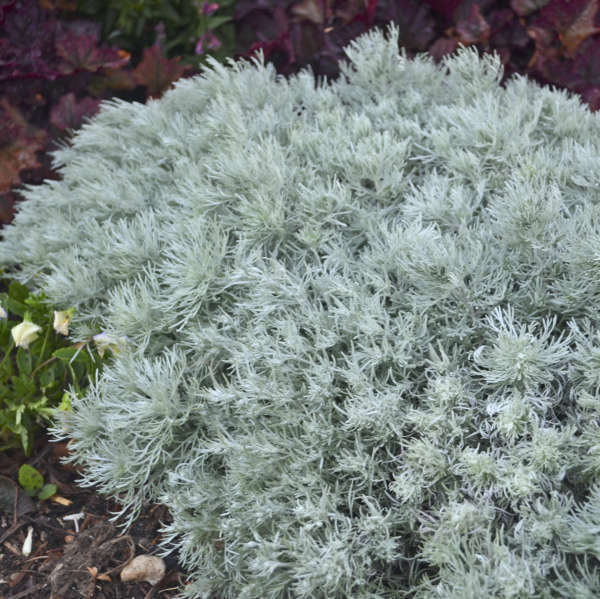
Artemesia
An excellent choice for hot, dry sites, Artemisia should be grown in very well-drained soil and full sun. To avoid "melting out", it should be grown in poor soil and trimmed back in late spring to rejuvinate the foliage.
This plant tends to open up in the center during hot summers, so it is best grown north of zone 7. 'Silver Mound' rarely needs dividing and should be left undisturbed.
-
6.
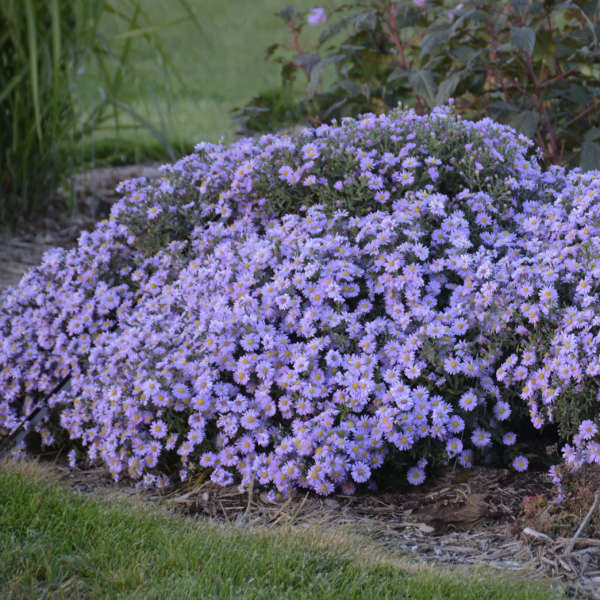
-
7.
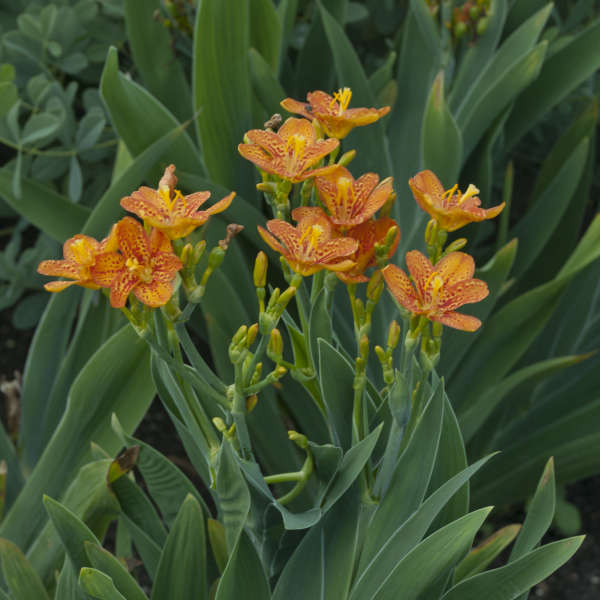
Belamcanda (Blackberry Lily)
Belamcanda blooms for weeks in late summer, and its season of interest is extended into fall with the interesting seed pods which develop. Tan, pear-shaped pods burst open to reveal clusters of black seeds resembling blackberries, hence the common name. They are persistent thru the winter and are attractive in fresh or dried flower arrangements.
-
8.
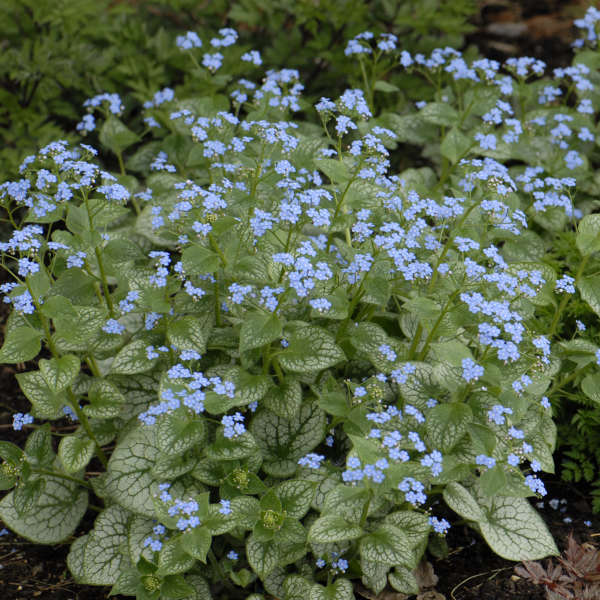
Brunnera (Siberian Bugloss)
Brunneras are classic perennials that are treasured for their shade tolerance and lovely blooms. They make a fantastic groundcover, though the variegated forms may be slower to spread than the species. Try growing them in containers too so they will be close at hand when you want to snip a few blooms for a spring bouquet.
-
9.
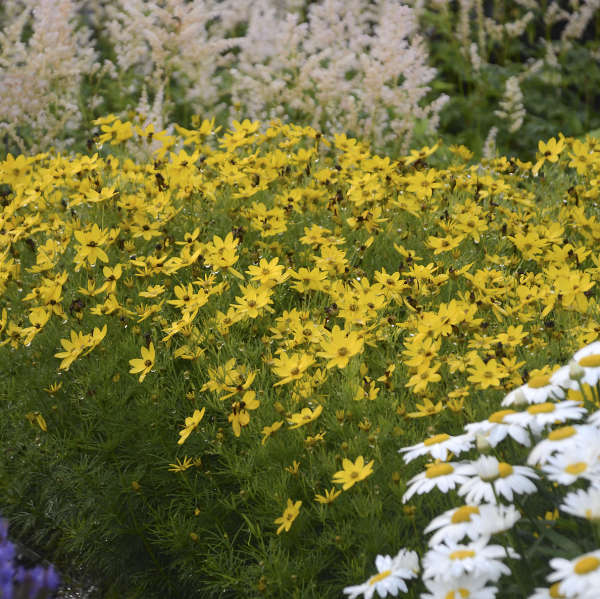
-
10.
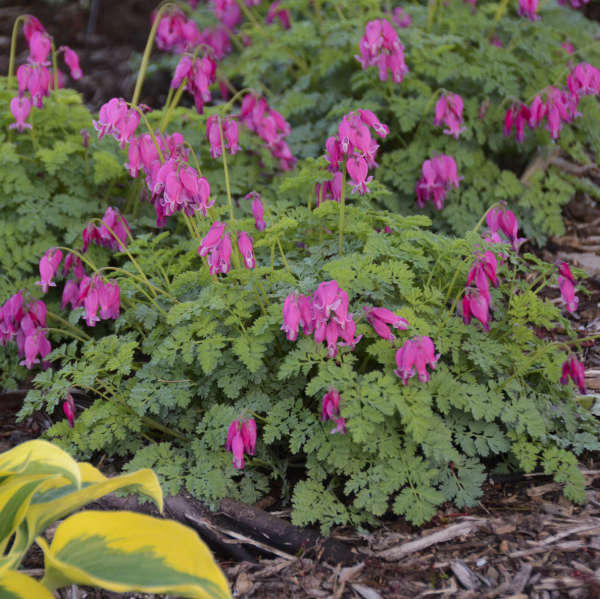
Dicentra (Fern-leaved Bleeding Heart)
Though this variety can tolerate more sun, Dicentra is most at home in woodland settings. It likes rich, loose soil that is evenly moist but also well-drained. At planting time, add lots of compost, humus, or peat moss to the soil to enhance its water retention capabilities.
Dicentra should be planted in locations that are protected from high winds and early frosts, such as the edges of woodlands or on the north or east sides of buildings. It may be propagated by division in either spring or fall, and should be done every few years to maintain vigor.
-
11.
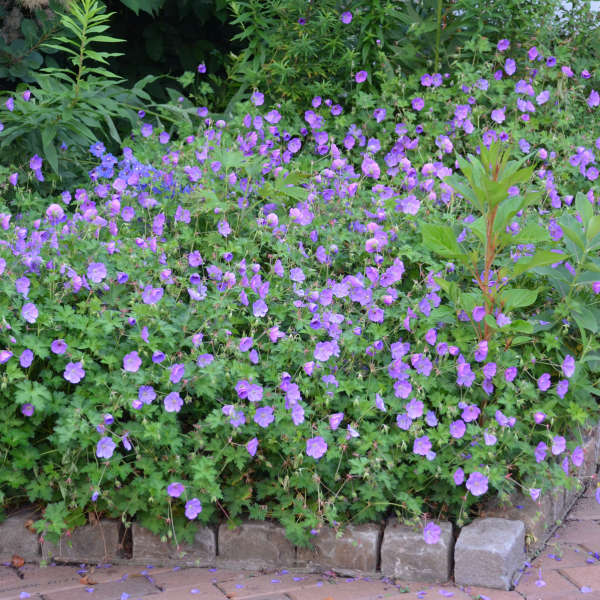
-
12.
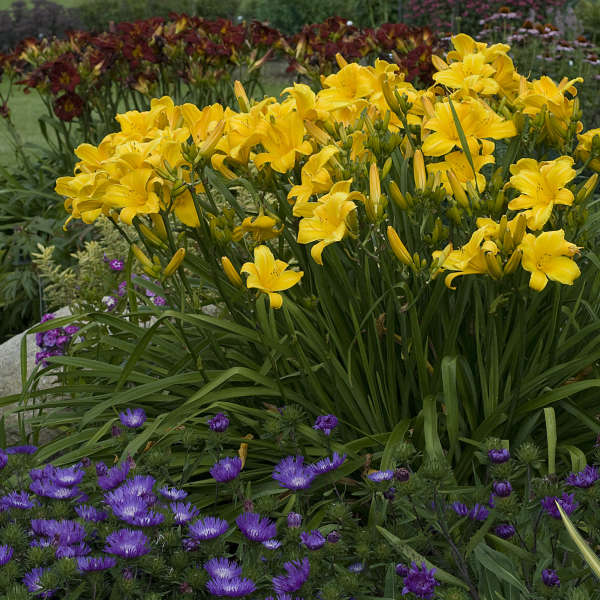
Hemerocallis (Daylily)
Perhaps one of the easiest plants to divide, Daylilies are also one of the most popular. Daylilies can survive many harsh conditions that other plants cannot including: polluted city environments, slopes, poor and dry soils, near pavement that is salted in winter, and under Black Walnut trees (not affected by juglone).
-
13.
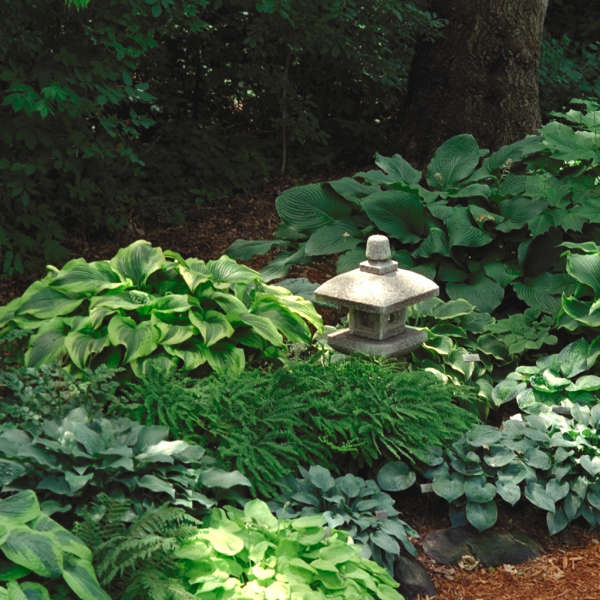
Hosta
Hostas are exceedingly popular perennials in today's gardens due to their versatility in the landscape. Their subtle colors, tall flower scapes, and broad, coarse leaves fill a niche in garden designs that few other plants can achieve. Their large leaves provide excellent coverage for dying bulb foliage. Hostas also grow well in city environments where the air may be polluted by car exhaust, etc.
-
14.
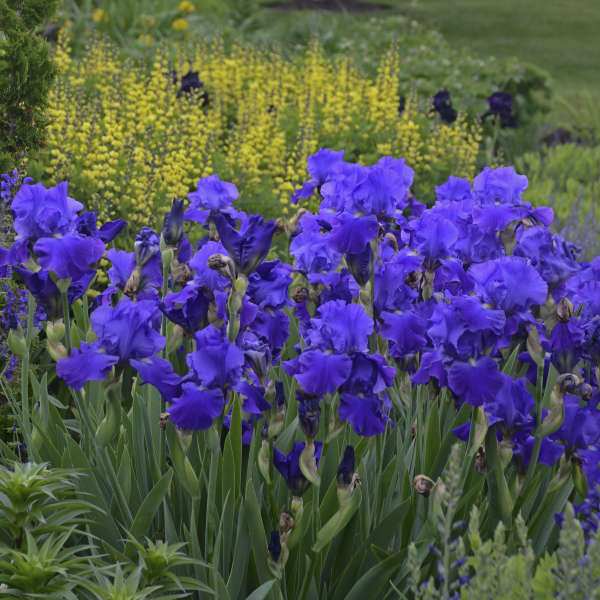
Tall Bearded Iris
No garden would be complete without Tall Bearded Irises. Though they have been grown for decades, new and improved hybrids continue to be developed every year and fabulous color combinations have been achieved. The Tall Beardeds bloom after the Dwarf Irises but before the Japanese and Siberian Irises. They are wonderful accent plants for late spring gardens.
-
15.
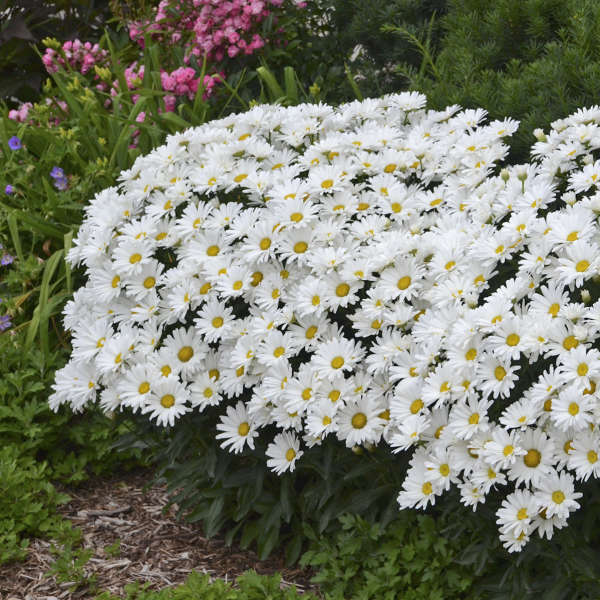
-
16.
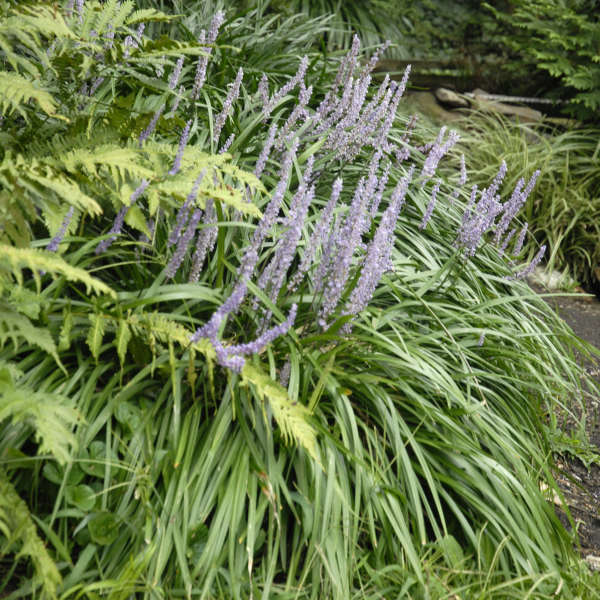
Liriope (Blue Lily-turf, Monkey Grass)
Blue Lily-turf can be grown in either sun or shade, though it prefers light shade and rich soil of dry to average moisture. This is an ideal plant for southern regions due to its extreme tolerance of heat, humidity, and drought. Insects and diseases do not seem to bother this plant either, so it is very low maintenance.
-
17.
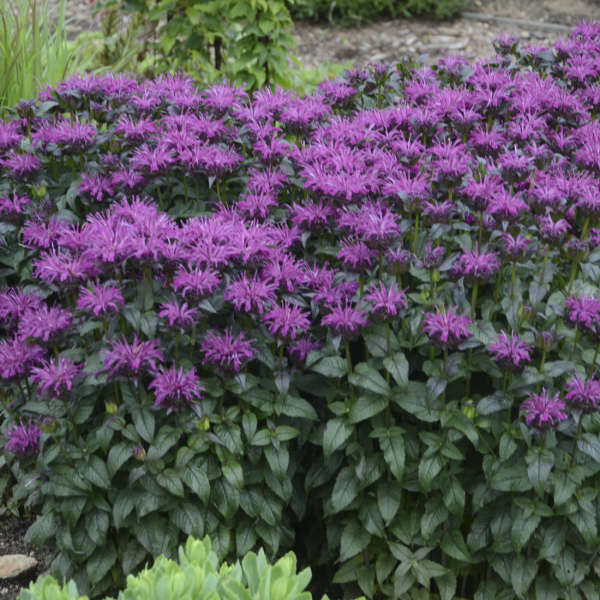
-
18.
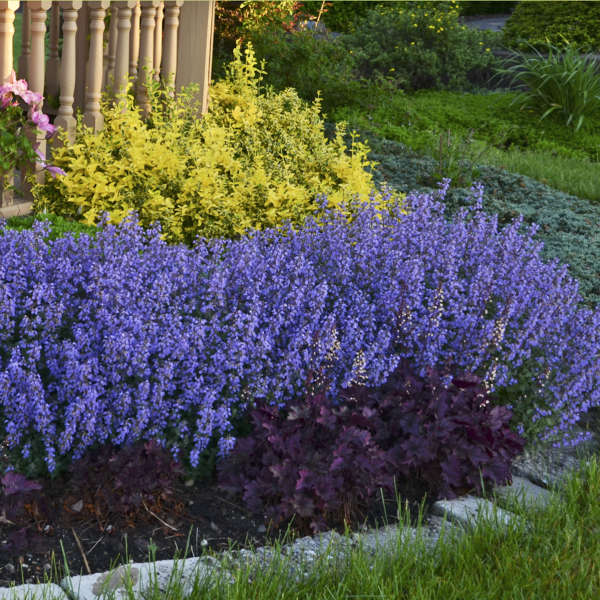
Nepeta (Catmint, Catnip)
Nepetas are easy to grow perennials that provide a beautiful show of color all summer long. They prefer to be planted in full sun and ordinary, well-drained soil.
When Nepeta's stems are broken, they release an aroma into the air that tends to attract cats, thus its common name, Catmint.
-
19.
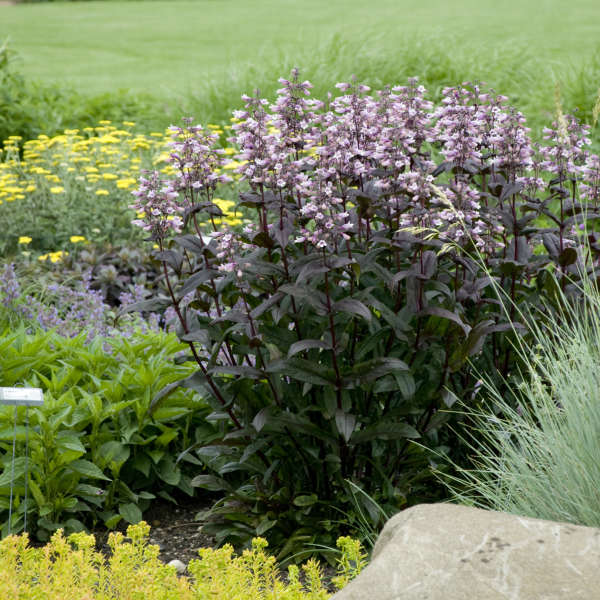
-
20.
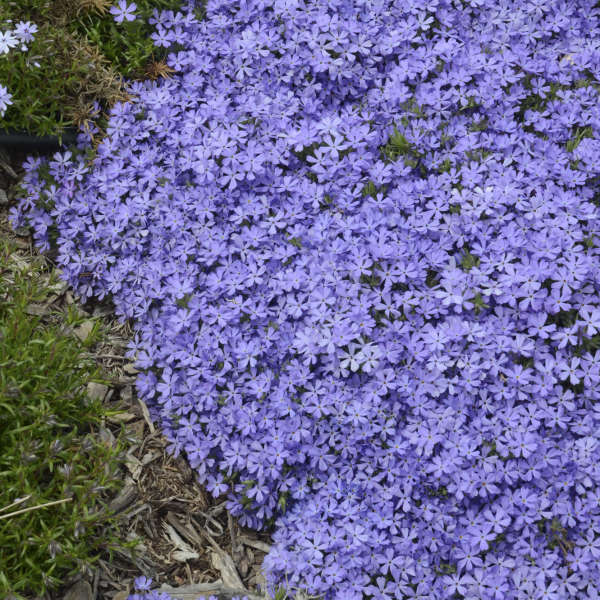
-
21.
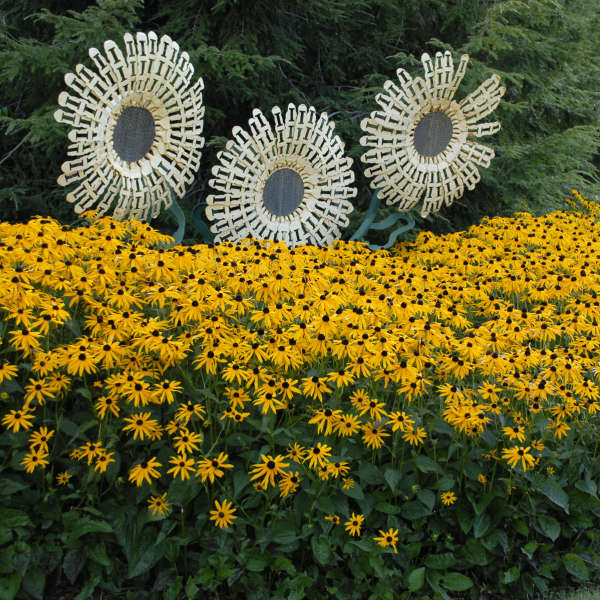
Rudbeckia (Black Eyed Susan)
Plants have a long season of bloom and a sturdy, upright habit. The gold daisy-like flowers have a distinct dark brown central cone and are held on branching stems. Do not deadhead these cones if you want winter interest since the black seed heads remain attractive throughout the winter and the seeds provide a source of food for small birds.
-
22.
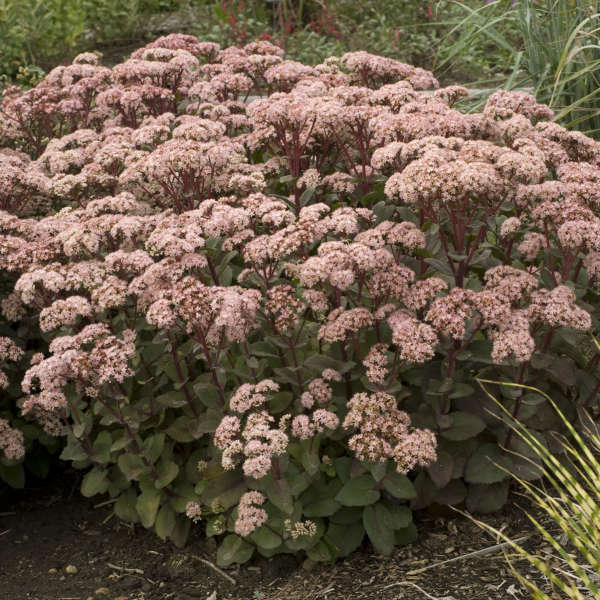
Sedum (Stonecrop)
Tall, upright sedums form substantial clumps of foliage which can be substituted for shrubs in the landscape. Their stout, sturdy stems support the massive flower heads which develop in summer and burst into bloom in fall. If left standing, they provide winter interest and food for birds.
-
23.
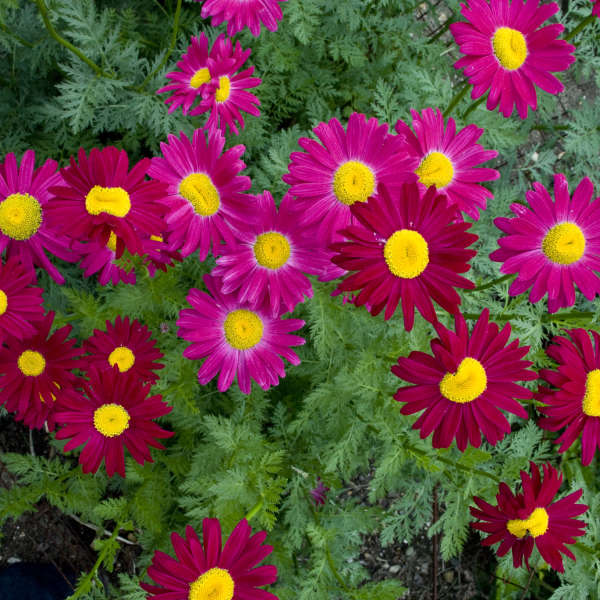
-
24.
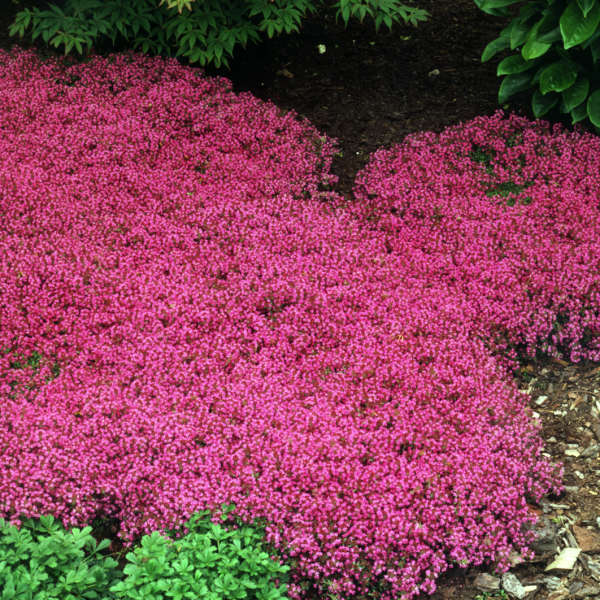
-
25.
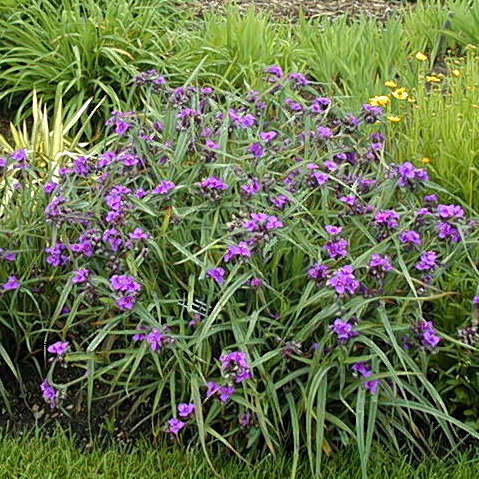
-
26.
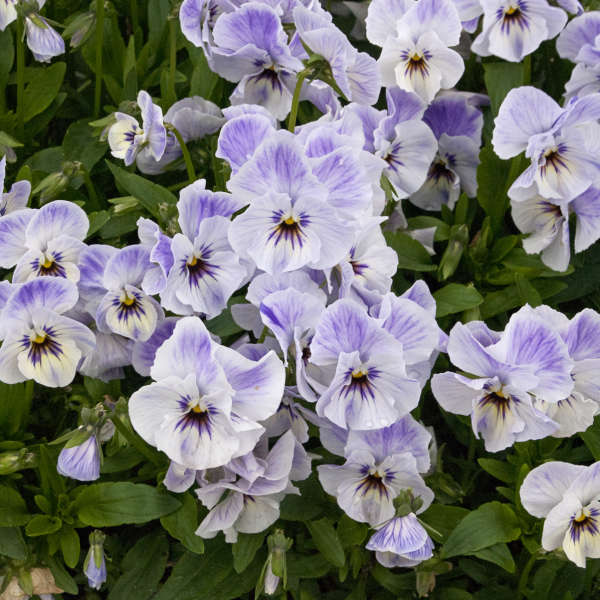
Viola (Violet)
Violas grow best in cool, moist, shady environments. In the north, plants can tolerate full sun but prefer partial to full shade. Shade from deciduous trees is ideal because the plants growing below receive full sun in the spring, followed by protection from the harsh summer sun once the trees get their leaves. In the south, violas should be grown in partial to full shade and mulched to help the soil stay cool and moist.
